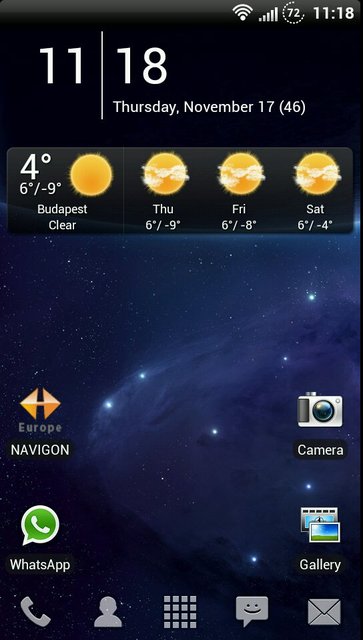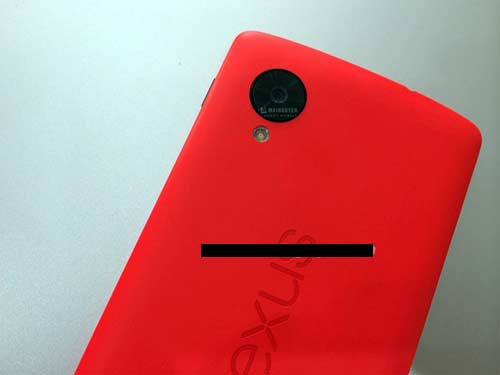The data speed battles between carriers, at least here in the US, is a pretty intense battle. Every carrier wants to push the fastest download/upload speed possible through to devices for consumers. While some carriers are arguably better than others in areas across the states, there is always a secondary aspect that plays a large factor in speeds, the device it self. Samsung appears to be pushing more towards the speed ability aspect with an announcement of a new Galaxy Note 4 device over the weekend. The re-constructed Note 4 doesn’t change anything on the exterior of the device. Rather it changes its connection ability with the inclusion of LTE-A Tri-Band CA, the long version is LTE Advanced Tri-Band Carrier Aggregation.
- Next Accessorize your new tech gadgets with today’s Amazon Gold Box Deal of the Day
- Previous VAIO smartphones could be a reality in the future, may be unveiled at CES 2015
Categories
- Accessories
- Accessory Reviews
- Applications
- Audio
- Customize
- Developers
- Device ROM
- Games
- General
- Google TV
- Guides
- Hardware
- Hardware Reviews
- How To
- Leak
- Manufacturers
- MIUI Themes
- Mod
- Networks
- News
- Newsflash
- Off Topic
- Op-Ed
- Phones
- Root
- Rumor
- Server Guide
- Smartwatch
- Software
- Software Reviews
- Tablets
- Theme
- Tools
- Uncategorized
- Update
- Videos
- Wallpapers
Tags
Accessories
Amazon
android
android 2.1
Android 2.2
android 4.4
Android Market
Apple
AT&T
CyanogenMod
Free apps
Free Games
froyo
GameLoft
games
Gingerbread
Google
Google Nexus One
HTC
HTC Evo 4G
HTC ONE
HTC Sensation
Ice Cream Sandwich
jelly bean
Leak
lg
Motorola
OTA
Paid Games
Release
rom
Rumor
Samsung
Samsung Galaxy Nexus
Samsung Galaxy S
Samsung Galaxy S5
Samsung Galaxy S III
Sony
Spotlight
Sprint
T-Mobile
tablets
Update
Verizon
XDA









